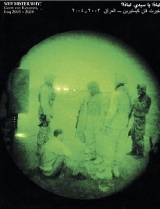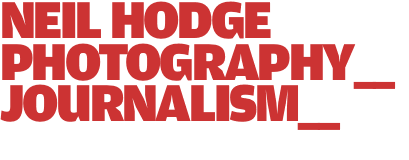Site created by Amplitude. |
||
Why Mister, Why? review
Why Mister, Why? Geert van Kesteren – Artimo £24.95
There is no doubt that photography has played a pivotal role in the latest Iraq war. Self portraits of US and British troops physically abusing and sexually humiliating Iraqi detainees have revealed more about the actual conduct of the conflict than the thousands of saccharine reports filed by “embedded” journalists supposedly near the scene.
Newsweek photographer Geert van Kesteren’s photo-essay of his time in Iraq during 2003-2004 is a revealing study of how the US forces – with which he was embedded – consistently failed to differentiate between civilians and those Iraqis fighting the US-led occupation.
In the introduction, the photographer compares the US forces’ inability to win the hearts and minds of the local population in Iraq with the quagmire that the US stumbled into in Viet Nam. “Misplaced American superiority sparks resistance among the local population. The arrogant, macho Americans with their space-age sunglasses and their hip-hop music faced with the Arab who has learnt to be suspicious, with his age-old tea, kaffiyeh, and Kalashnikov,” he writes.
Van Kesteren’s photographs catalogue the destruction, carnage, brutality, poverty, helplessness, and anger that the invasion of Iraq has caused. They also juxtapose how local public opinion has dramatically shifted from initially viewing the US-led forces as liberators to occupiers. Indeed, the latter half of the book is filled with photos of Iraqis being arrested at home or in the street, handcuffed, hooded and bound.
The book is a reminder of the important – and perhaps pivotal – role of the photographer as journalist. At a time when there is still a furious debate raging over the language used to describe conflict and the need to present war in straight terms of death, destruction and carnage (rather than euphemistic phrases like “surgical strikes” and “collateral damage”), war photography is taking the lead in factual representation.
“Newsweek photographer Geert van Kesteren’s photo-essay of his time in Iraq during 2003-2004 is a revealing study of how the US forces – with which he was embedded – consistently failed to differentiate between civilians and those Iraqis fighting the US-led occupation”

